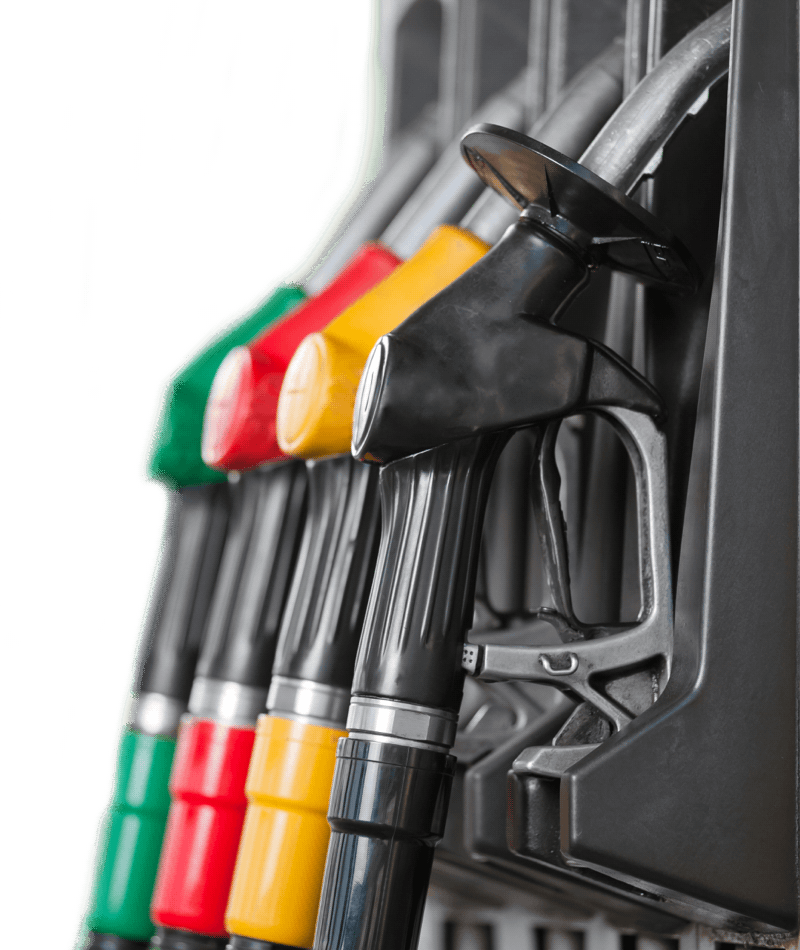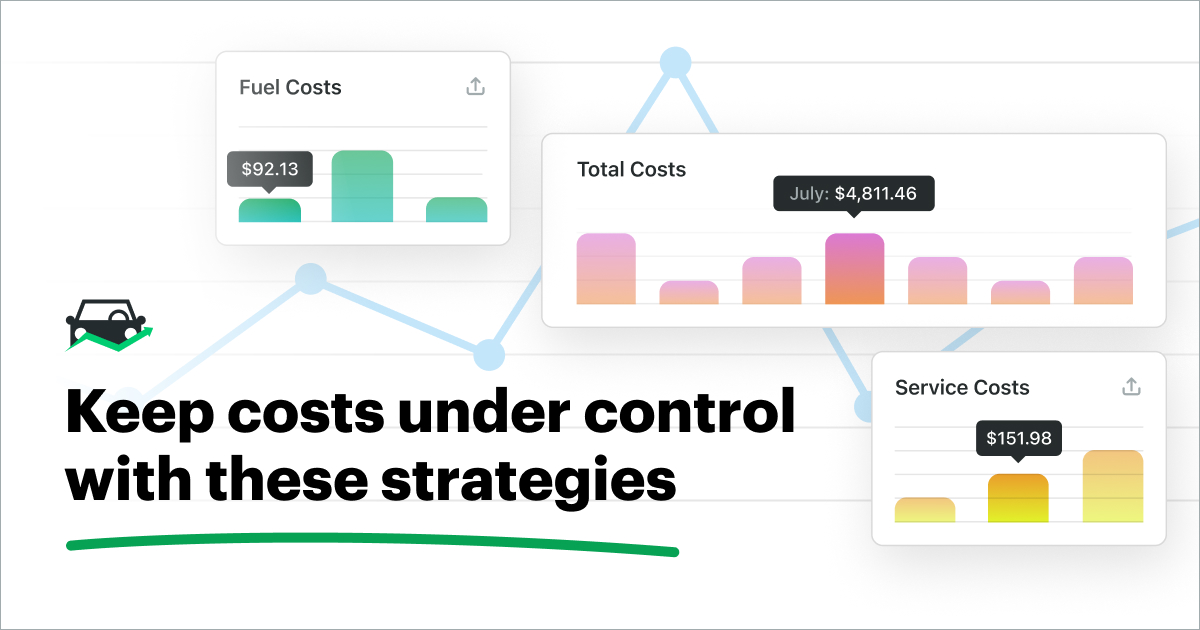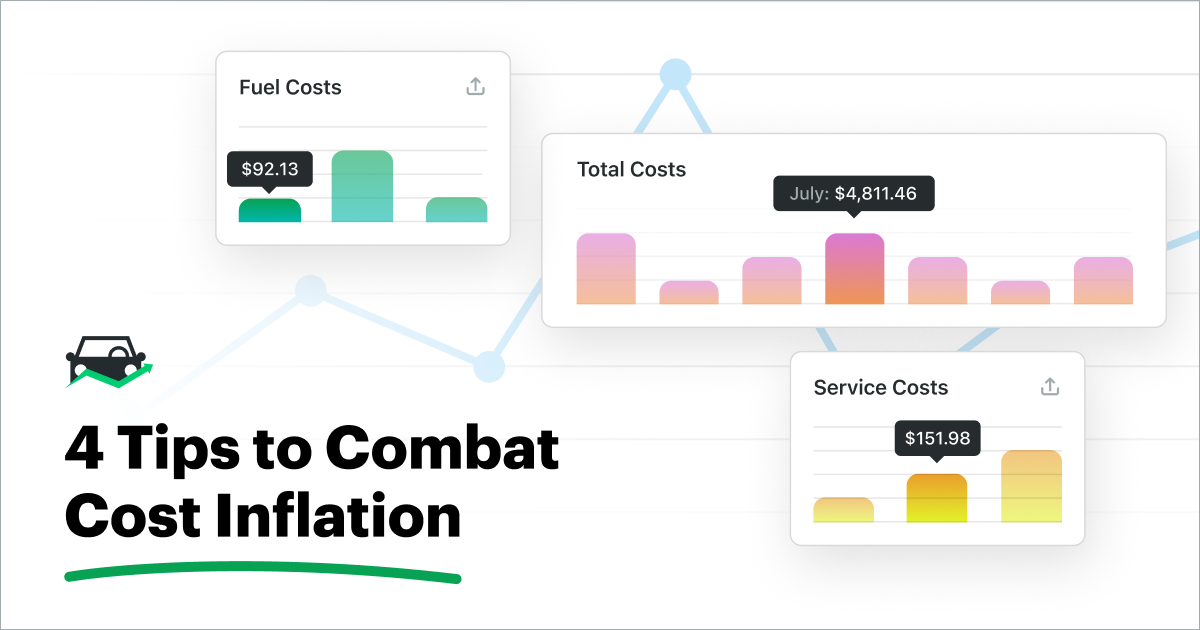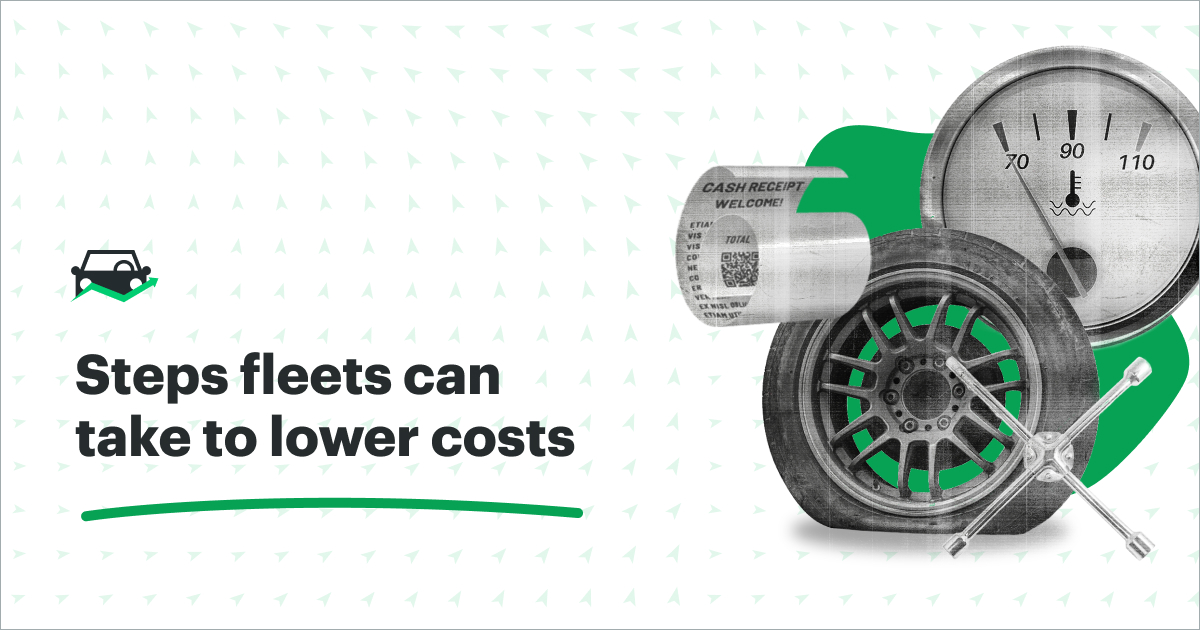According to the US Department of Energy’s Argonne National Laboratory, 6,000,000,000 gallons of gasoline and diesel are wasted every year due to vehicle idling. And while consumer vehicles do contribute to that figure, a huge portion of that spent fuel is squandered by commercial fleets.
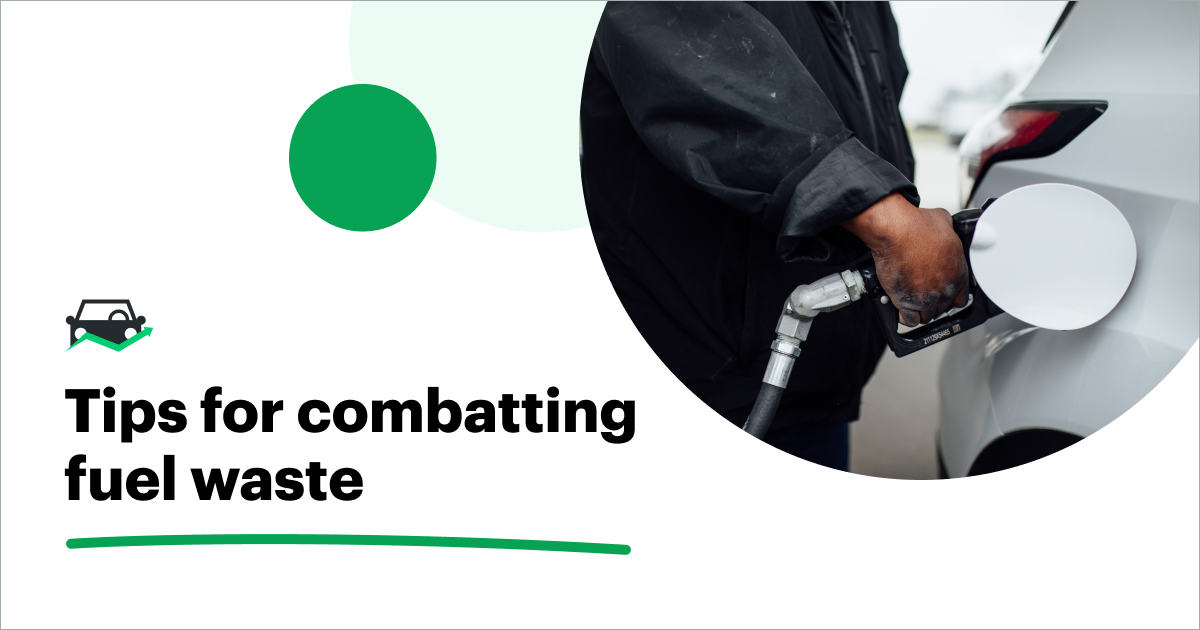
Excessive vehicle idling can cost fleets thousands of dollars per vehicle over the course of a year in fuel alone. On top of that, many locations (including certain US states) issue fines to vehicles caught idling. In California, for instance, more than five minutes of idling is grounds for a $250 fine for first time offenders, a $500 fine for second violations, and a $1,000 fine for further infractions.
With fuel prices being as volatile as they are at the moment and new regulations aimed at mitigating carbon emissions regularly being implemented, it’s never been more important for fleets to curb their vehicle idling. We’ll go over how organizations can quantify their fleet fuel costs, identify possible instances of idling, and reduce idling in this blog post.
Calculating the Cost of Vehicle Idling
Estimating how much your organization’s bottom line is affected by idling can help put the magnitude of its impact in perspective. Fortunately, calculating that figure only requires some simple multiplication.
Use this formula to calculate your fleet’s idling costs on a specific job:
Idling Cost = (Fuel Consumption Rate) × (Cost of Fuel) × (Time Spent Idling) × (Number of Idling Vehicles)
Abbreviated, that formula can be thought of as:
Idling Cost = R × C × T × N
"Fuel Consumption Rate" refers to how quickly your vehicles consume their fuel when idling. For those in the US, this should be measured in gallons per hour. "Cost of Fuel" represents how much was paid to fill up that vehicle’s tank (e.g. $5 per gallon). "Time Spent Idling" should use the same time measurement units (e.g. hours) as "Fuel Consumption Rate."
By applying this formula, it’s easy to see how seemingly innocuous idling can add up to a significant expense across multiple vehicles.
Identifying Instances of Idling
Due to how it occurs in irregular, relatively short intervals, idling has a tendency to sneak under the radar of many fleets. Because of this, spotting potential idling often requires taking a close look at a fleet’s fuel usage data.
For example, excessive fuel consumption (as compared with other vehicles within a fleet) can be an indicator that a particular vehicle idles frequently. This is especially true when that vehicle’s fuel consumption does not correlate to its odometer readings.
In a certain sense, effective fuel management for fleet managers often involves a bit of detective work. When outliers are detected, fleet managers should investigate the corresponding vehicle’s fuel usage to find possible causes. If fuel theft and mechanical failures can be ruled out, idling is often the culprit.
Catching instances of idling is made much easier with the help of a fleet management solution. Instead of having to pore through fussy spreadsheets, fleet fuel management software surfaces vital fuel usage and spending data in the form of easy-to-read tables and charts. These on-demand fleet management reports allow fleet managers to keep a watchful eye over their vehicles and fleet management costs.
Additionally, telematics devices that log when a vehicle’s ignition is activated can make the detective work of investing idling significantly smoother. For that reason, integrated fleet management systems are particularly beneficial, especially when they also support the fuel cards your fleet relies on.
Looking to minimize vehicle idling?
Control your fuel costsTactics for Minimizing Idling
At the end of the day, the vast majority of idling is the result of driver behavior. Many drivers justify leaving their engines running by citing the belief that starting a vehicle consumes as much fuel as five minutes idling. While widely held, this concept simply isn’t the case for vehicles produced in the last three decades. These days, starting a vehicle uses a mere 30 seconds of fuel. Because of this, it’s far more efficient for drivers to stop and restart their engine whenever they exit their vehicle.
To counteract fuel waste, fleets should educate their drivers on the impacts idling has on their organization and why they should be mindful about turning off their vehicles when they are not in use. Even a few minutes of inaction per trip quickly add up, so conveying the importance of anti-idling measures to drivers is vital.
Furthermore, fleets should also train their dispatchers to gather precise instructions from their customers and contacts regarding where their drivers should park at job sites. On large jobs sites, it’s often not obvious where drivers are expected to stop their vehicles. This often results in unnecessary driving around and idling, both of which consume fuel needlessly.
By regularly educating their staff on idling-reducing best practices, fleets can lower their fuel expenses, avoid hefty fines, and minimize unnecessary wear and tear on their vehicles.
Looking to make idling a problem of the past for your fleet? Fleetio’s fuel tracking system provides a powerful fleet cost management solution. Start a free trial or request a demo to discover what Fleetio can do.

